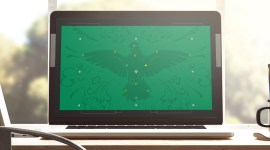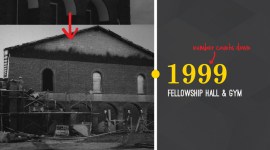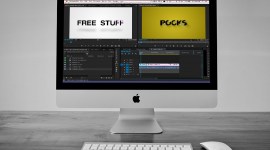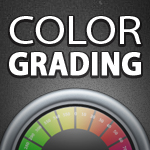
Why a Full Screen Still-Store is Better Than a Split Screen
Use a full screen still-store instead of a split screen to train yourself to match shots more quickly and focus on how well the shots “edit” together.
One of the most useful tools in a color grading application is the still-store. This lets you store a reference image and call it up when working on another shot to see how they compare. Most still-stores default to a splt screen view so you can compare the two shots at the same time. Instead of utilizing this view to make sure the shots match exactly, try using a full screen view of the reference image.
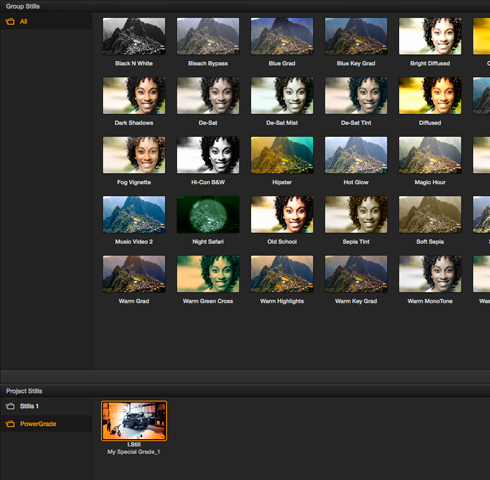
Using a full screen still store does two things:
- It makes you match shots perceptually, which is how the audience will be viewing the piece. They won’t get a split screen view to compare one shot to the next. They see them one at a time, and what matters is that the shots appear to match. Perception is reality in this instance. Sometimes even when two shots are perfectly matched color-wise, they still do not “edit” together well when seen one after the other. How they edit together is much more important than the actual “correctness” of the matching.
- It makes you faster at matching. Instead of relying on a split screen to see what the differences are, you train your eye to notice color casts, recognize target hues when you reach them, and quickly analyize a shot for what is necessary to correct it.
The split screen view is a crutch most of the time; a well-trained eye is far more effective and valuable. Save the split screen for when you really need that level of detail on the tricky shots you encounter.


